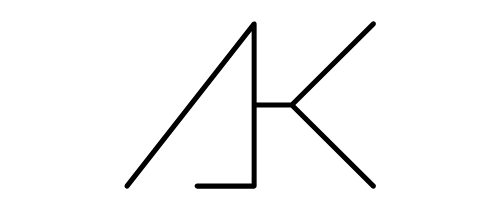
While there are numerous language-learning software programs available on the market, perhaps the most well-known is Rosetta Stone. Its innovative approach and high-quality, well-developed product have made it very popular. So how effective is it?
First, let’s start with the positives.
1. Rosetta Stone’s focus on comprehensible input is laudable.
For those of you not familiar with the program, Rosetta Stone typically uses a set of pictures (often four or six pictures) and statements which you hear and can read as well. When you hear a statement, you are required to click on the picture that associates with that statement. You aren’t required to respond or give a verbal response: all you have to do is show which picture the voice is talking about.
In that way, Rosetta Stone uses comprehensible input as its base: it focuses on helping you passively understand words and statements without having to speak (produce) right away. This parallels the way children learn their first language and fits with the well-attested approach of comprehensible input.
2. The second thing Rosetta Stone has going for it, which goes along with the first positive, is that it places emphasis on auditory learning as opposed to reading. Now reading is an extremely important skill to have in any written language and one of the most important components of such languages; for highly-advanced speakers of written languages, reading and writing is essential if they want to continue to improve their skills.
Yet reading is not primary. Listening and speaking are. In addition, reading skills are built on the foundation of listening skills. So the fact that Rosetta Stone focuses on auditory learning for beginners is a very positive characteristic of the software.
4. Another benefit of Rosetta Stone is that it allows you to review as much as you would like. You can always go back to an old lesson and hear similar phrases over again.
5. Rosetta Stone also uses excellent visual clues, which are an important factor in vocabulary retention. The clear connection between the pictures and the statements, and the vivid nature of the pictures, helps you to remember words more easily and to connect what is said with an idea or image, rather than with a word in your mother tongue. The more contextual clues, the better.
6. Language learning experts will tell you that attention is a very important concept when it comes to growing in a new language. Whatever methods you use, you must be sure to find ways to attend to and focus on certain aspects of the language that may need special attention. For example, school textbooks will often print a new word in boldface so that students will pay more attention to it and notice it.
Rosetta Stone uses attention-focusing techniques that help you pay attention to new vocabulary, new grammatical constructions, and certain aspects of a language that may need extra attention.
[Note: One problem, however, is that these attention-focusing techniques are sometimes used on rather high-level or non-essential fine grammatical points which beginners don’t need to worry about. But more on that later.]
7. Finally, Rosetta Stone largely teaches you vocabulary which relates to tangible objects and actions in daily-life settings. It recognizes that if you’re going to learn from context and without translation, you need to start with highly tangible, clear vocabulary items which can be learned with strong contextual clues. So you learn words like “jump,” “frog” and “open”. That’s a wise way to start.
So those are the major benefits of using a program like Rosetta Stone. But what about the limitations or drawbacks of the program?
by Chris

